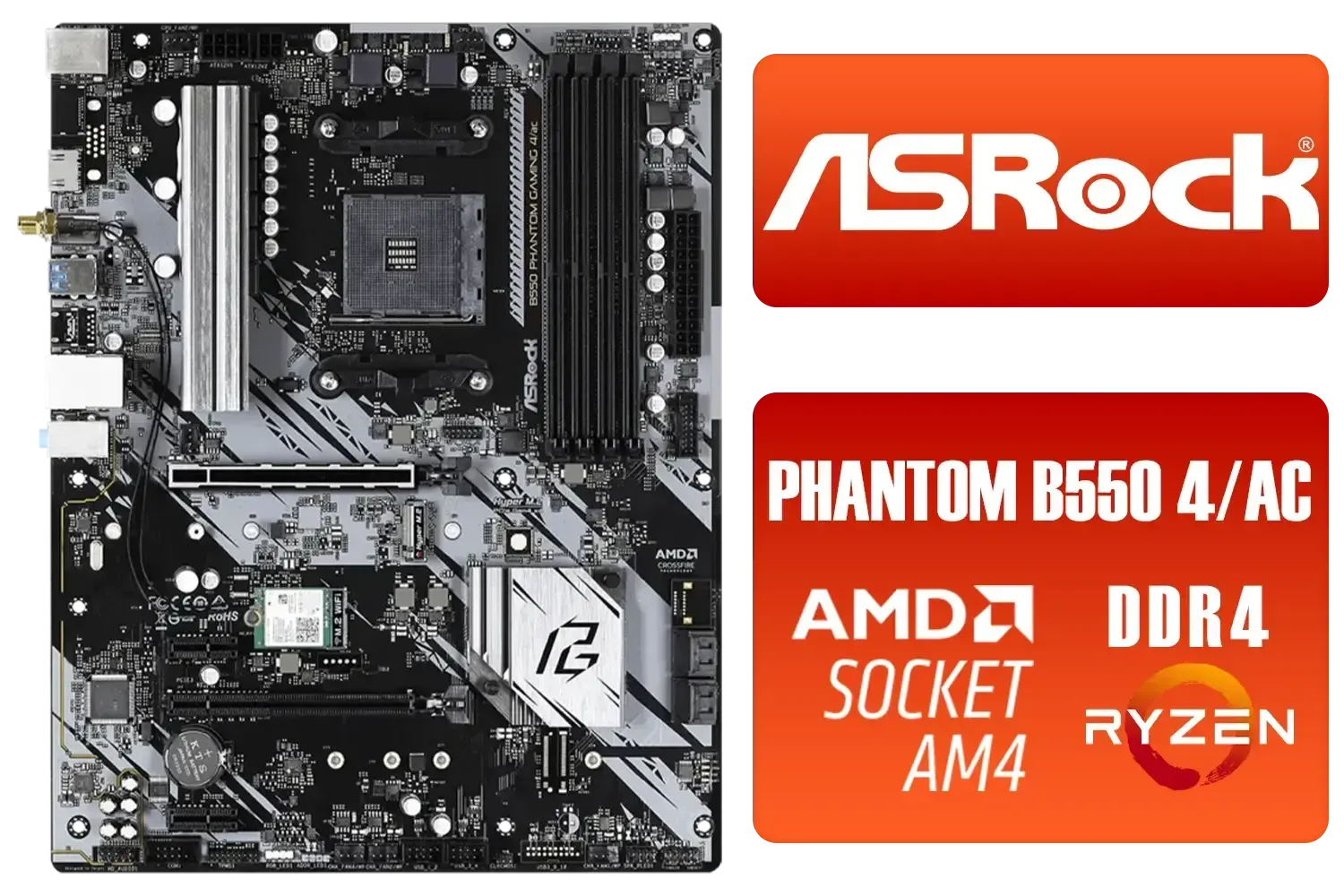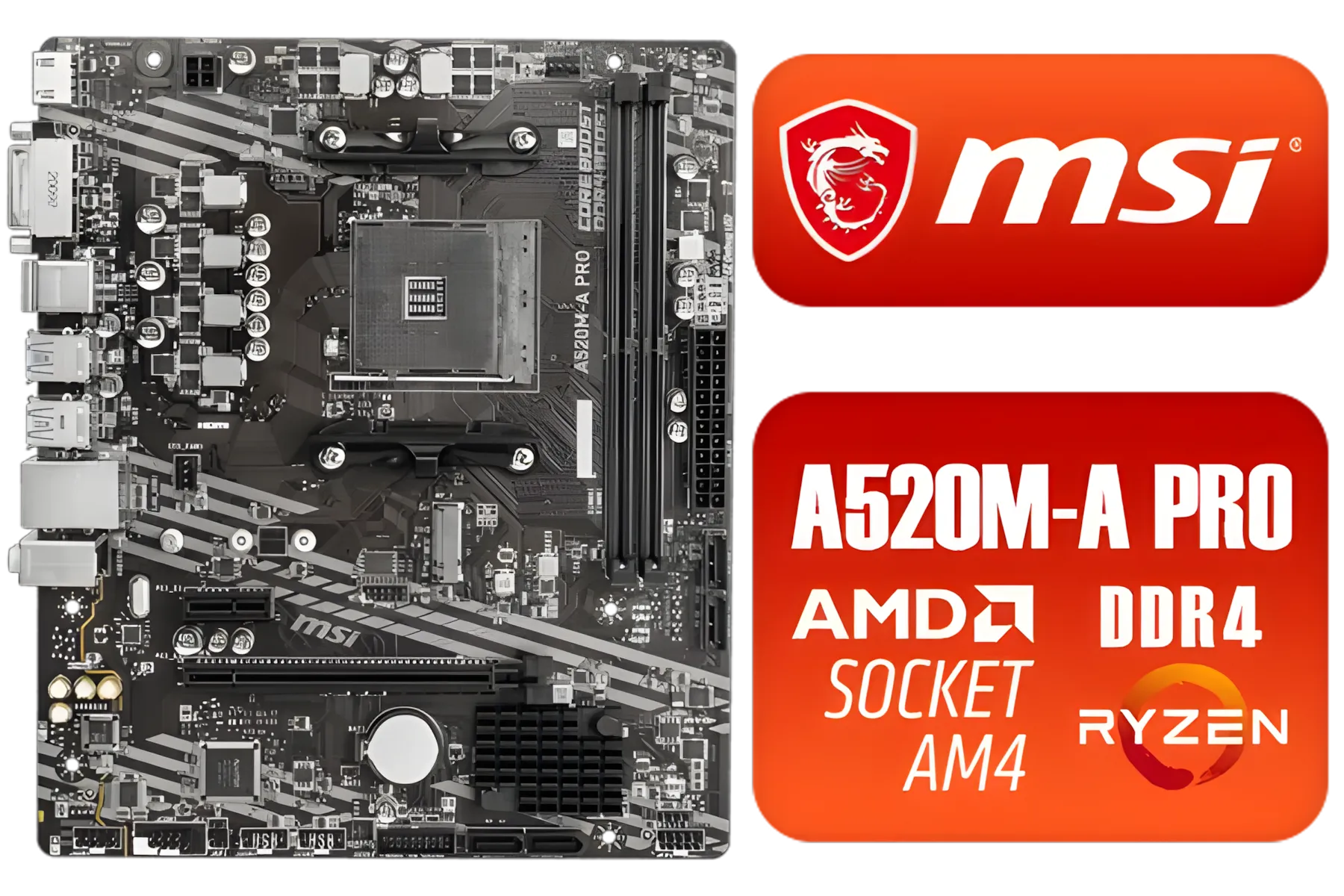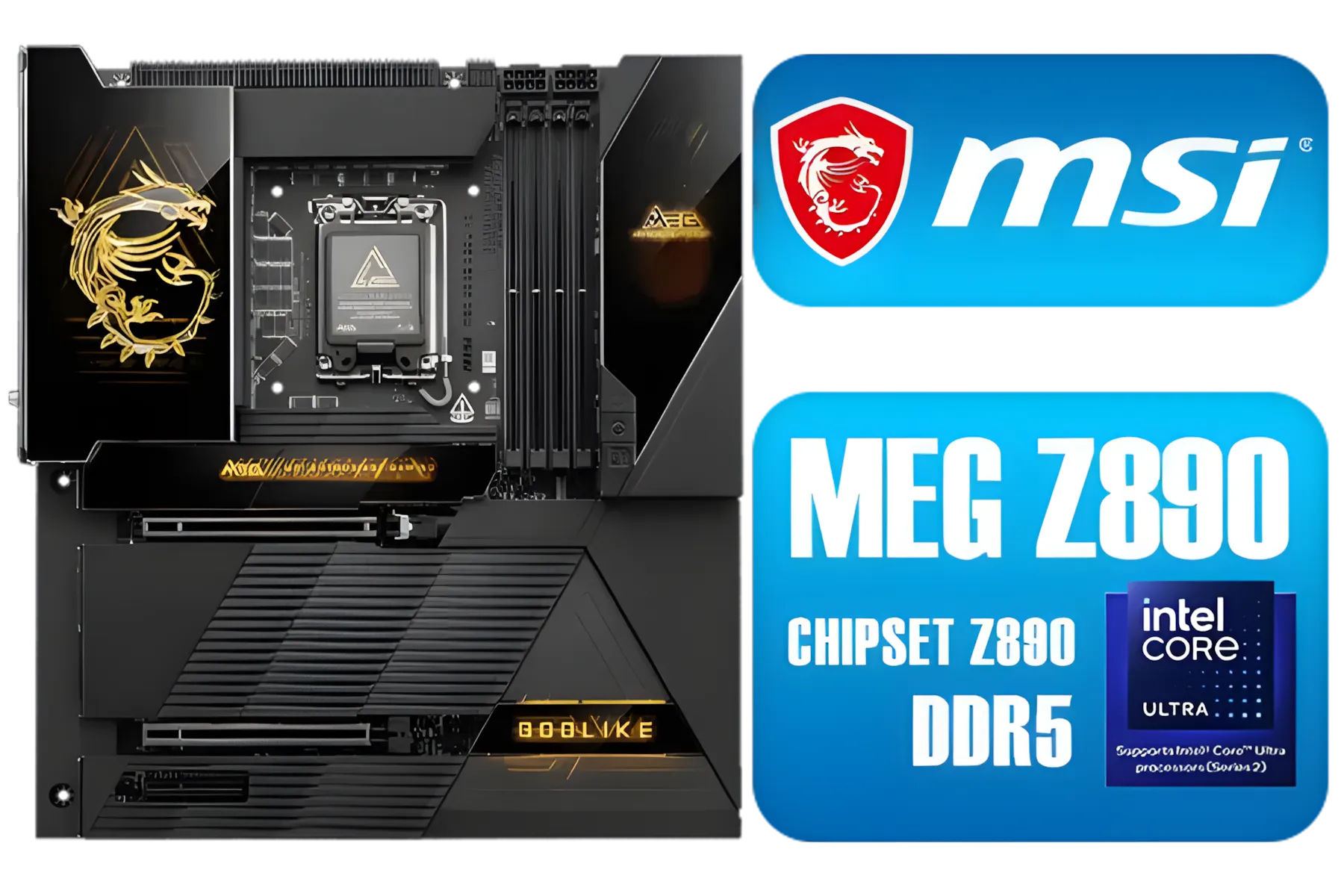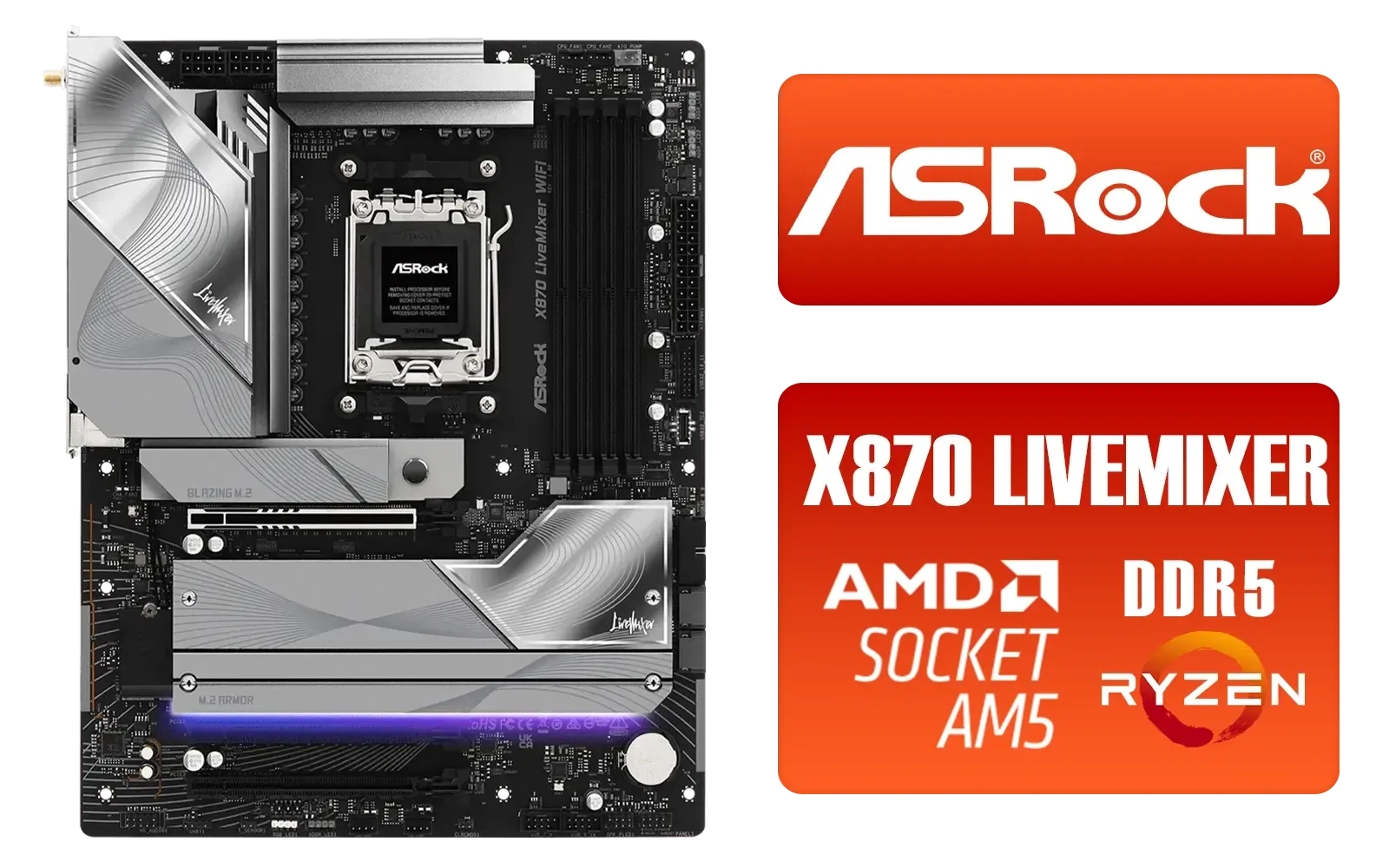
Motherboard Testing Process
Discover our rigorous testing methods to identify the best gaming motherboards 🎮. We analyze performance, features, and reliability 🔍. Find your perfect fit!
Our gaming motherboard cooling benchmarks reveal which boards handle the heat. We push top Z790 and AM5 models to their limits, testing VRM and chipset temps to find the true champions of thermal performance. Don't build without these results! 🔥❄️

Is your gaming rig starting to sound like a jet engine during a Durban summer heatwave? We've all been there. While your CPU and GPU coolers get all the glory, a critical component is often left sweating: your motherboard. Overheating VRMs can throttle your CPU, killing performance when you need it most. So, we're diving into the world of gaming motherboard cooling benchmarks to see which boards truly keep their cool under pressure. ⚡






Before we get into the numbers, let's quickly cover why this matters. It’s not just about bragging rights; effective motherboard cooling directly impacts your PC's stability and sustained performance.
The Voltage Regulator Module (VRM) is a collection of tiny components that deliver clean, stable power to your CPU. When you're pushing your processor hard—whether gaming or rendering—the VRM works overtime and generates a significant amount of heat. Without proper cooling, it can overheat and force your CPU to slow down (throttle) to protect itself. This is why robust gaming motherboard cooling benchmarks almost always focus on VRM temperatures.
It's not just the VRM. The chipset (the motherboard's central traffic controller) also needs cooling, which is why you'll see a dedicated heatsink on it. Furthermore, modern NVMe M.2 SSDs can get incredibly hot and will throttle their read/write speeds without a heatsink. A good gaming motherboard often includes M.2 heatsinks to ensure your storage stays lightning-fast.
When experts test motherboard thermal performance, they aren't just playing a quick round of Warzone. They use intense stress tests like Prime95 or Cinebench to push the CPU to its absolute limit for an extended period, generating the maximum possible heat load on the VRMs.





.webp)
They measure temperatures using thermal sensors or infrared cameras to see which boards can sustain that load without throttling. Key design features that lead to better cooling performance include:
Your motherboard's impressive heatsinks can't work miracles in a hotbox. Ensure your PC case has good airflow, with at least one intake fan at the front and one exhaust fan at the rear. A positive pressure setup (more intake than exhaust) can also help keep dust out and components cool. A well-ventilated case is the foundation of any good cooling strategy.
So, who wins the cooling war? It’s less about the brand and more about the tier. Both Intel and AMD have motherboards with fantastic thermal designs.
For Team Blue, the Z-series boards are built for overclocking and performance, meaning manufacturers invest heavily in VRM cooling. When you browse the latest Intel motherboards, you’ll notice the top-end models from brands like ASUS ROG, MSI, and Gigabyte AORUS feature massive, interconnected heatsinks.
Similarly, for Team Red, the X-series and high-end B-series boards are designed to handle the multi-core might of Ryzen CPUs. The best AMD motherboards come equipped with equally impressive thermal solutions, ensuring your Ryzen 7 or Ryzen 9 can boost to its maximum potential without being held back by heat. The results from motherboard temperature benchmarks show that premium boards from both camps perform exceptionally well.






You don't need to spend R10,000 on a motherboard to get good thermal performance. Many mid-range B-series (for both Intel and AMD) boards offer a fantastic balance of features and cooling, making them the sweet spot for most South African gamers.
When you're looking for great value, ignore the flashy RGB for a moment and focus on the hardware. Look for boards with solid, chunky aluminium heatsinks covering the VRMs. Even without heatpipes, a well-designed heatsink can make a world of difference. When you're comparing affordable Intel and AMD based motherboards, a quick visual inspection of the VRM area can tell you a lot about its potential cooling capabilities. A board with a bare VRM is a red flag for any performance-oriented build. 🚀
Ultimately, the best motherboard is the one that provides stable power and reliable cooling for your chosen CPU, ensuring you get every drop of performance you paid for.
Ready to Build a Cooler, Faster PC? A motherboard with solid thermal performance is the foundation of a stable and powerful gaming rig. Explore our massive range of PC components and find the perfect board to keep your build running cool and fast.
A good VRM temperature under heavy load is typically between 60°C and 90°C. Anything exceeding 100°C can lead to thermal throttling and reduced system performance.
Motherboard cooling is tested by running CPU stress tests like Prime95 to maximize power draw, then measuring VRM and chipset temperatures using thermal sensors and HWINFO64.
Generally, yes. Pricier boards often have larger heatsinks, more power phases, and better thermal pads, leading to superior gaming motherboard thermal performance.
For most gaming, passive VRM cooling with good case airflow is sufficient. Active cooling (small fans on the heatsinks) is mainly for extreme overclocking or builds with poor airflow.
Both can run warm under load, but the AM5 X670E chipset can run hotter due to its dual-chiplet design. Effective motherboard heatsinks are crucial for both platforms.
Yes. If poor VRM cooling causes the CPU to thermal throttle, it will lower its clock speeds, resulting in reduced performance and lower FPS in CPU-intensive games.